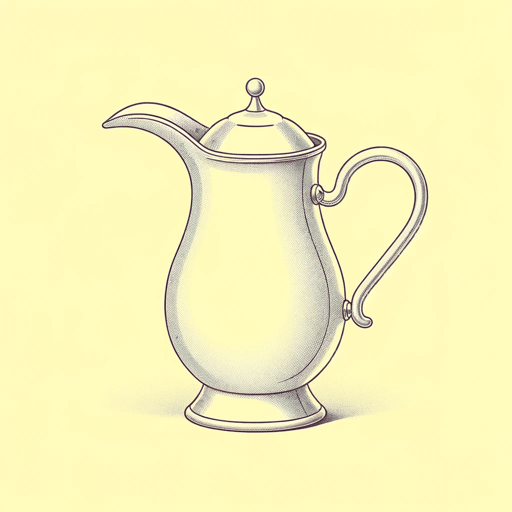50 pages • 1 hour read
P. G. WodehouseThe Code of the Woosters
Fiction | Novel | Adult | Published in 1938A modern alternative to SparkNotes and CliffsNotes, SuperSummary offers high-quality Study Guides with detailed chapter summaries and analysis of major themes, characters, and more.
Background
Authorial Context: Wodehouse’s Right Ho, Jeeves
P. G. Wodehouse’s The Code of the Woosters (1938) is the author’s third full-length novel featuring Bertie Wooster and his sagacious valet, Jeeves. Beginning in 1916, Wodehouse published 35 short stories and 11 novels about the duo, and this novel is essentially a sequel to his second Jeeves novel, Right Ho, Jeeves (1934), which features some of the same secondary characters and whose action it immediately follows. Foremost among these characters is the socially hapless “newt-fancier” Gussie Fink-Nottle, whose first, awkward attempts to woo Madeline Bassett were central to the earlier novel. The Code of the Woosters opens the morning after Wooster’s small bachelor party for Gussie, where Wooster toasted his friend’s happiness via drunken excess born of intense relief. In the earlier novel, Wooster agreed to act as a go-between for the shy Gussie, but unfortunately the impressionable Madeline mistook his “softening up” for a personal declaration of love. As occurs often in the Jeeves stories, Wooster found himself threatened with an unwanted engagement but was far too chivalrous and soft-hearted to correct the young lady’s “unfortunate construction.” By the novel’s end, with Jeeves’s help, everything was neatly resolved.
Throughout his Jeeves stories, including The Code of the Woosters, Wodehouse reprised many farcical elements, verbal witticisms, and plot threads, like variations on a theme.
Featured Collections
Books About Art
View Collection
Books & Literature
View Collection
Books Made into Movies
View Collection
Class
View Collection
Class
View Collection
Historical Fiction
View Collection
Laugh-out-Loud Books
View Collection
Popular Book Club Picks
View Collection
TV Shows Based on Books
View Collection

